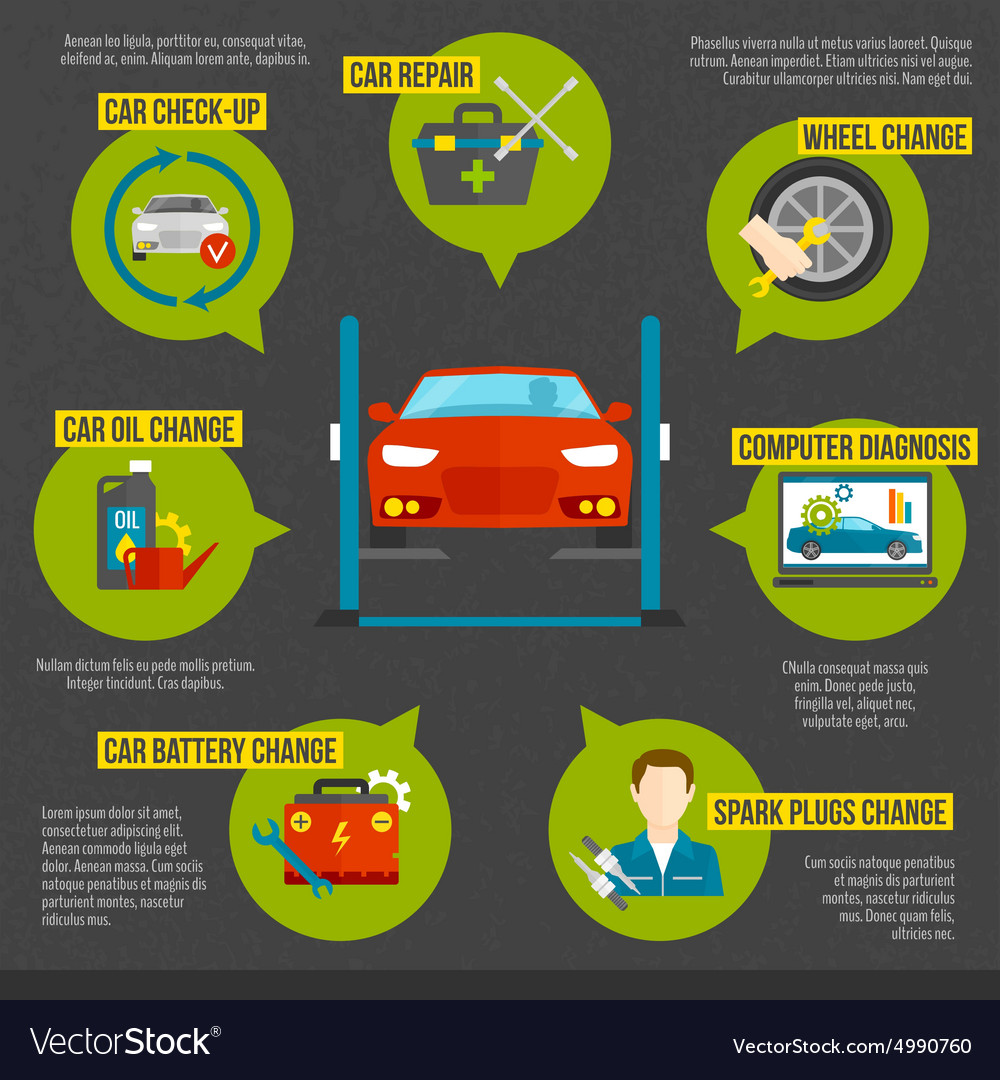Wondering Regarding The Meaning Behind Those Dashboard Warning Lights? Gain Understandings Into Their Effects For Your Vehicle'S Safety And Maintenance
Wondering Regarding The Meaning Behind Those Dashboard Warning Lights? Gain Understandings Into Their Effects For Your Vehicle'S Safety And Maintenance
Blog Article
Author-Higgins Alvarado
When you're behind the wheel, those radiant caution lights on your dashboard can be a bit bewildering. Do you recognize what they're attempting to inform you regarding your cars and truck's health? Comprehending the significance of these lights is crucial for your safety and the durability of your lorry. So, car detailing wash following time one of those lights turns up, wouldn't you wish to decode its message accurately and take the needed actions to resolve it?
Common Warning Lights and Interpretations
Identify usual caution lights in your vehicle and recognize their meanings to make sure safe driving.
The most normal caution lights include the check engine light, which signifies issues with the engine or exhausts system. If this light begins, it's essential to have your vehicle checked promptly.
The oil pressure warning light shows reduced oil stress, requiring immediate focus to avoid engine damages.
A flashing battery light could suggest a defective charging system, possibly leaving you stranded if not addressed.
The tire pressure surveillance system (TPMS) light notifies you to reduced tire pressure, influencing vehicle security and fuel performance. Overlooking this might cause hazardous driving problems.
The abdominal muscle light indicates a problem with the anti-lock braking system, jeopardizing your ability to stop quickly in emergencies.
Lastly, the coolant temperature alerting light warns of engine overheating, which can lead to severe damages otherwise dealt with quickly.
Comprehending these typical caution lights will certainly aid you resolve issues immediately and keep risk-free driving conditions.
Value of Prompt Interest
Comprehending the common caution lights in your automobile is only the primary step; the importance of quickly attending to these warnings can not be highlighted enough to ensure your safety and security when traveling.
When a warning light brightens on your control panel, it's your car's means of interacting a possible problem that needs attention. Neglecting https://www.consumerreports.org/car-maintenance/fall-cleanup-and-maintenance-for-your-car/ can result in extra severe troubles in the future, endangering your safety and security and potentially costing you a lot more in repairs.
Prompt focus to warning lights can prevent malfunctions and accidents. For instance, a flashing check engine light can show a misfire that, if left neglected, might cause damages to the catalytic converter. Addressing this immediately can conserve you from a pricey repair service.
In a similar way, a brake system cautioning light might signify reduced brake fluid or used brake pads, crucial components for your safety and security when driving.
DIY Troubleshooting Tips
If you see a warning light on your control panel, there are a few do it yourself troubleshooting ideas you can try before seeking specialist assistance.
The first step is to consult your automobile's handbook to recognize what the specific warning light suggests. Sometimes the issue can be as simple as a loosened gas cap activating the check engine light. Tightening the gas cap may solve the issue.
An additional common concern is a low battery, which can trigger different cautioning lights. Examining the battery links for corrosion and guaranteeing they're safe and secure could deal with the issue.
If a caution light continues, you can attempt resetting it by separating the automobile's battery for a couple of minutes and afterwards reconnecting it. Additionally, checking your automobile's liquid degrees, such as oil, coolant, and brake liquid, can assist troubleshoot cautioning lights associated with these systems.
Conclusion
In conclusion, understanding your vehicle's warning lights is necessary for keeping your automobile running smoothly and securely. By without delay addressing these signals and understanding what they suggest, you can avoid pricey repair work and potential malfunctions.
Keep in mind to consult your automobile's handbook for particular information on each alerting light and take action accordingly to ensure a trouble-free driving experience.
Remain educated, stay secure on the road!
